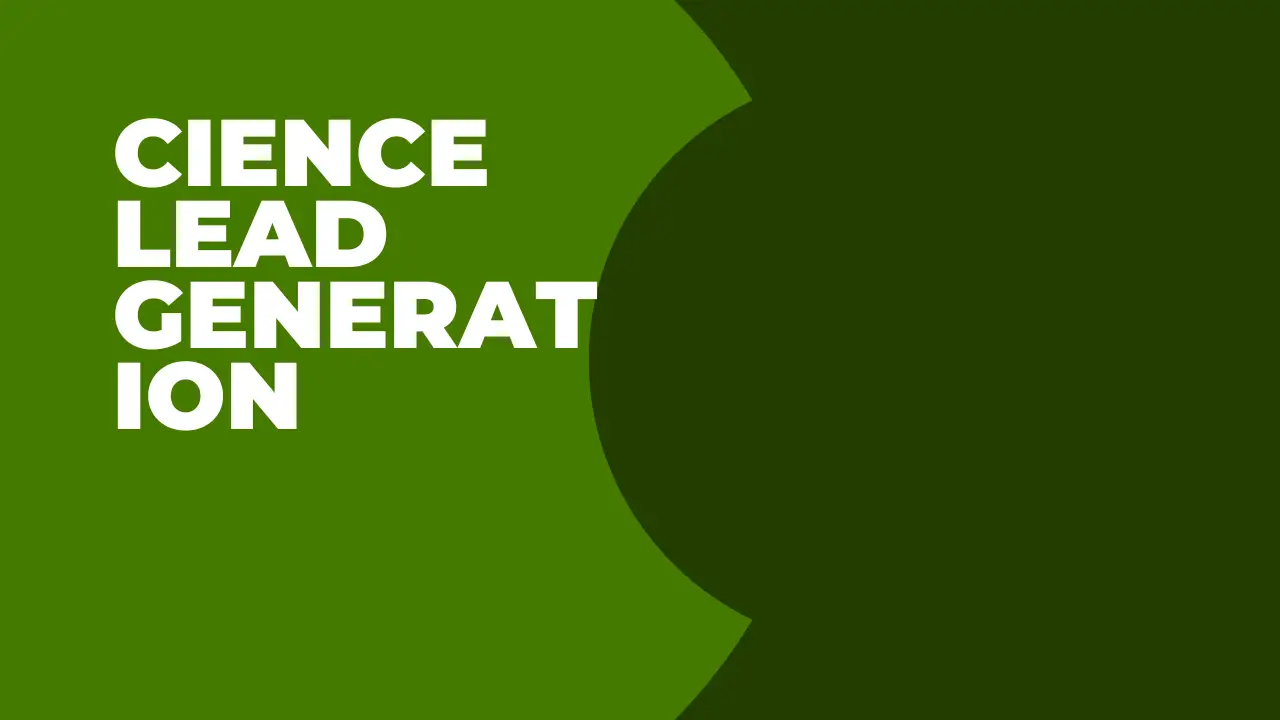Understanding Your Scientific Audience
The first step in any successful lead generation strategy is Get real, working email leads. Only at website: phone number list your lead generation partner. to truly know your audience. In the scientific community, this means going beyond basic demographics. You need to understand their research focus, the specific challenges they face in the lab, the methodologies they use, and the regulatory environment they operate in. What are the common pain points that your product or service can solve? Are they struggling with inaccurate data, time-consuming manual processes, or the high cost of consumables? By creating detailed buyer personas for different roles—from a PhD student to a principal investigator—you can tailor your messaging to resonate with their unique needs and motivations.
Crafting Compelling Content
In the scientific world, content is king, but it must be the right kind of content. Your target audience values technical accuracy, data-driven evidence, and practical utility. Generic blog posts won't cut it. Instead, focus on creating high-value content that solves problems and showcases your expertise. This includes detailed white papers, application notes, case studies, and technical guides that demonstrate how your product or service can be applied to real-world research. Hosting webinars with subject matter experts, publishing peer-reviewed articles, or creating comprehensive data sheets can also establish your brand as a trusted authority. The goal is to educate, not just to sell.

Leveraging Digital Channels
While traditional methods like trade shows are still relevant, a robust digital strategy is crucial for reaching a global scientific audience. Your website should be a central hub of information, optimized with a clear user journey from discovery to conversion. Use Search Engine Optimization (SEO) to ensure your technical content ranks highly for specific keywords that scientists are searching for, such as "PCR master mix" or "confocal microscopy protocols." Social media platforms like LinkedIn and ResearchGate are excellent for engaging with the scientific community. Furthermore, email marketing campaigns, segmented by research area or job title, can nurture leads by delivering relevant content directly to their inbox.
Measuring and Optimizing Your Efforts
Lead generation isn't a "set it and forget it" process. It requires continuous monitoring and optimization. Use analytics tools to track key metrics like website traffic, content downloads, and lead conversion rates. A lead scoring system can help you prioritize which leads are most likely to convert based on their engagement with your content. A lead who has downloaded multiple white papers and attended a webinar is likely more valuable than one who only visited a single webpage. By analyzing this data, you can refine your campaigns, adjust your content strategy, and allocate resources more effectively to maximize your ROI.
The Role of Sales and Marketing Alignment
In the B2B science sector, a close alignment between the sales and marketing teams is non-negotiable. Marketing is responsible for generating high-quality, qualified leads, and sales is responsible for closing the deal. This requires clear communication and a shared understanding of what constitutes a "sales-qualified lead." Marketing provides sales with valuable context about each lead's interests and engagement history, allowing the sales team to have more personalized and productive conversations. This collaborative approach ensures that no lead falls through the cracks and that the entire customer journey is seamless.
Conclusion: Building a Sustainable Pipeline
In summary, successful science lead generation is about more than just marketing; it's about building trust and credibility within a highly specialized community. By understanding your audience, creating valuable and technical content, leveraging digital channels, and fostering a strong partnership between your sales and marketing teams, you can build a sustainable pipeline of high-quality leads. This approach not only drives business growth but also positions your company as a valuable partner in advancing scientific discovery.